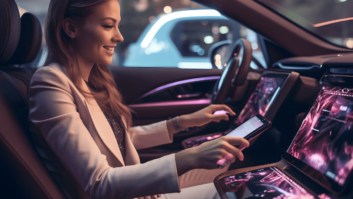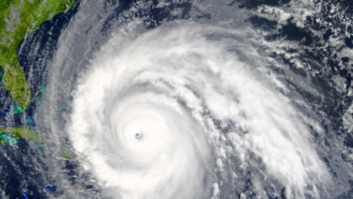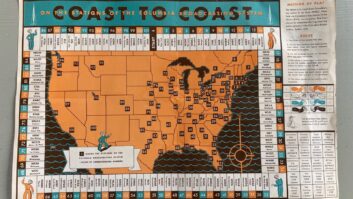Bad Weather is an Opportunity for Radio to Shine
Feb 1, 2014 9:00 AM, By Chriss Scherer, editor
Several winter storms hit different parts of the nation during January and February, and while it was only one piece of the overall coverage, the weather that shut down Atlanta was all over the news. Those who are used to ice and snow may have gotten a chuckle from a city coming to a halt with what more northern cities would call a little ice, but the southern areas aren’t set up to handle such weather. Regardless of whether or not proper preparation was made, the event is yet another reminder of what radio does best: It’s an ideal public information network.

Staying with the Atlanta example, thousands of drivers were stuck in their cars on the road. Children were kept at schools or in school buses on the road. Naturally, most of these people turned to their cell phones to get information. But as often happens in an emergency, the cell networks become overloaded. This is where radio’s one-to-many infrastructure stands out. Other cities had similar difficulty with the weather, including Birmingham, AL.
News radio stations went into action to provide as much information as they could during the situation. Even non-news stations carried news and information, with some dropping their regular formats to deliver coverage. Other stations provided information as well, but they also offered some companionship in various ways.
So once again, radio has shown that it can step up during a crisis. The general public — not just regular listeners — knows it can turn on a radio and get information without buffering or network congestion.
People in cars of course had a radio available. Those in other vehicles or in buildings may not have had a radio on hand, but they likely had their cell phones. This is where the on-board radio tuner would be ideal. The on-board radio doesn’t use the network bandwidth and uses less battery power. That’s a win all around.
And this information delivery doesn’t need to be limited to the audio channel. With data capabilities, weather maps and traffic data can be transmitted as well, again without needing the network data capacity.
So even though radio had a chance to stand out again, the downside is that radio can’t just simply become an emergency information channel while we wait for the next winter storm, flood, tornado, earthquake or other major event. Radio continues to compete with other forms of entertainment media that still pull listeners away from over-the-air channels.
It’s to radio’s benefit to remain top-of-mind with all consumers and not just die-hard listeners. The effort to enable tuners in cell phones is part of the equation. Making HD Radio ubiquitous in all receivers (for the data capacity and additional audio channels) is another step in the right direction. But having the technology in place is one part. Radio stations have to provide programming that will attract and keep listeners engaged all the time and not just during an emergency.
February 2014
Pre-fab transmitter buildings, tower maintenance, advertising pitfalls, rack-room wiring and more….










